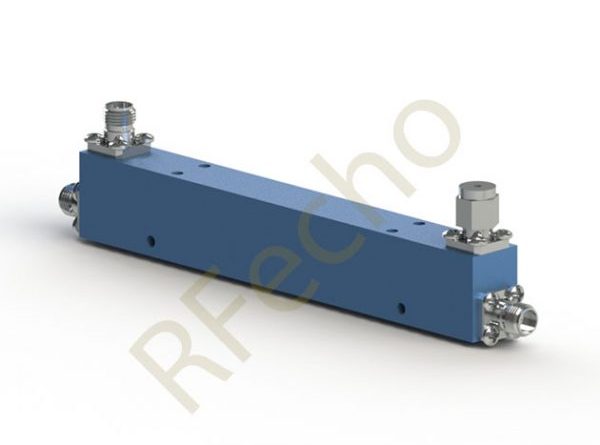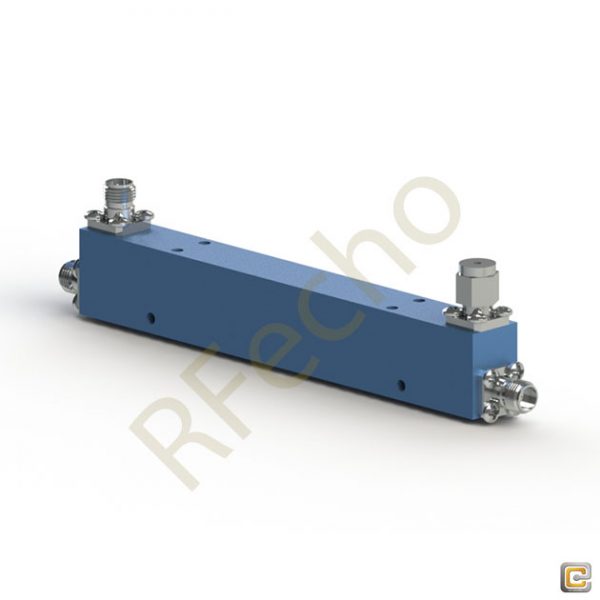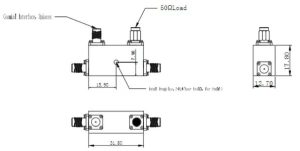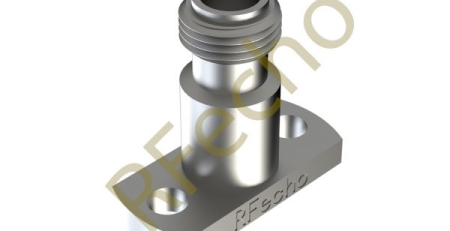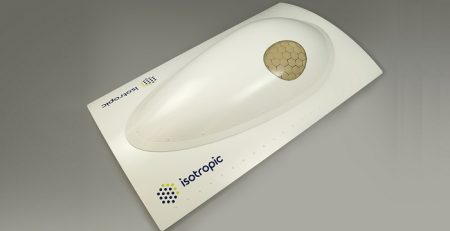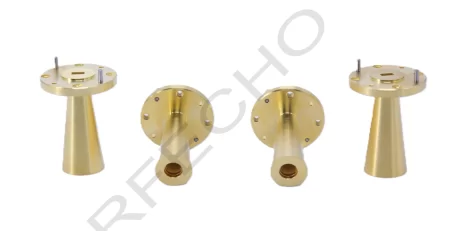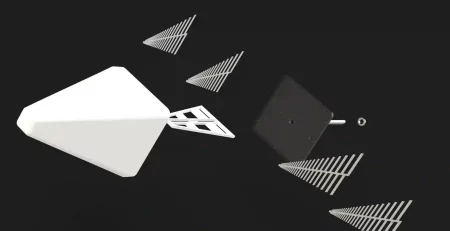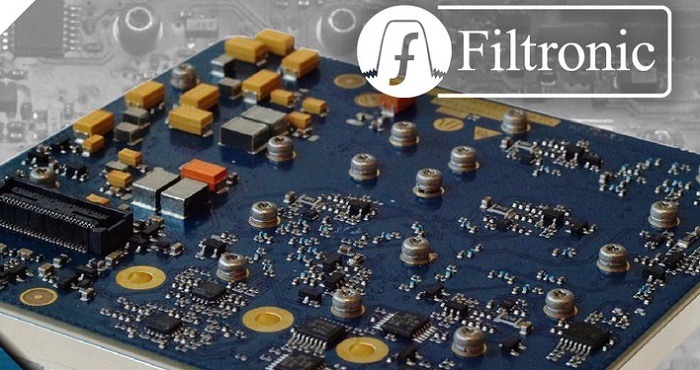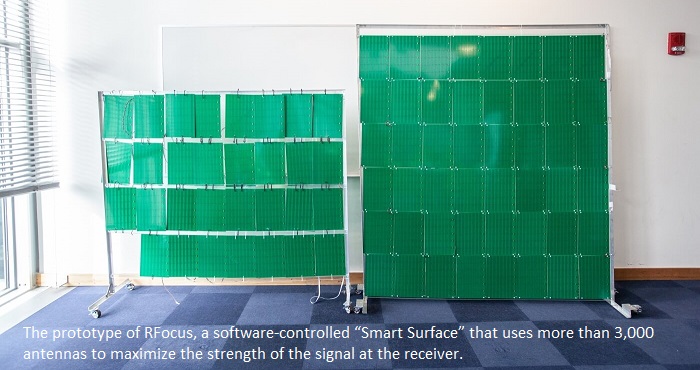The Purpose and Functions of a Directional Coupler
Directional couplers are fundamental devices in the field of radio frequency and microwave engineering. Their development and functionalities have enabled significant advancements in various technologies and applications. In this article, we will delve into the purpose of directional couplers, their core components, and their working principles, with a focus on the keywords “directional coupler.”
Overview of Directional Couplers
Definition and Basic Functionality
A directional coupler is a passive device used in radio frequency systems to split or combine signals. The primary function of a directional coupler is to sample a small portion of the signal for further analysis or processing without disturbing the main signal flow. This is achieved through internal coupling mechanisms that ensure minimal impact on the signal’s integrity. As essential components in RF and microwave technology, directional couplers find their use in various applications, including signal routing, power monitoring, and network testing.
Historical Development
The concept of directional couplers emerged during the early 20th century, coinciding with the rise in wireless communication systems. Over the decades, advancements in materials and manufacturing technologies have led to the development of highly efficient and precise directional couplers. These improvements have paved the way for more compact, reliable, and versatile devices that cater to an increasing array of applications in telecommunications, medical imaging, and other industries.
Core Components of a Directional Coupler
Main Line and Coupled Line
The main line and coupled line are two integral parts of a directional coupler. The main line is the primary pathway through which the input signal travels, while the coupled line is positioned parallel to the main line to couple a fraction of the signal. The design of these lines is critical to ensuring efficient signal transfer and minimal loss. These components are typically fabricated using transmission lines such as microstrip, stripline, or coaxial cables, depending on the specific application and frequency range.
Isolation Port and Directivity Characteristics
In addition to the main and coupled lines, a directional coupler also features an isolation port. This port is designed to absorb the energy that is not coupled to prevent it from reflecting back into the system, thereby preserving measurement accuracy. Directivity is another key characteristic of a directional coupler, indicating its ability to differentiate between forward and reverse signals. High directivity is essential for accurate signal sampling and measurement, particularly in complex RF systems.
RFecho
RFecho stands as a paragon of excellence in the realm of high-performance antenna design and development, spanning frequencies from low to THz. Their expertise encompasses a wide array of antenna types, including standard gain horns, reflector antennas, and antenna arrays, to name a few. Moreover, their proficiency extends to both passive and active RF products, such as filters, power dividers, low noise amplifiers, and phase shifters.
What sets RFecho apart is their unparalleled capability to design products that meet high power, high integration, and specialized requirements. Their products find applications in diverse fields, including remote control, telemetry, electronic countermeasures, electronic reconnaissance, data communications, satellite positioning, and radar systems. This versatility underscores their pivotal role in advancing RF technology.
RFecho’s collaborative endeavors with prestigious institutions and corporations, such as Cambridge University, Oxford University, Harvard University, Tsinghua University, Facebook, and Google, further cement their status as a key player in the industry. Their partnerships with these esteemed entities highlight their commitment to innovation and excellence.
Working Principle of Directional Couplers
Power Division and Signal Flow
The working principle of a directional coupler revolves around the division of power and control of signal flow. When a signal enters the main line, a portion of its power is transferred to the coupled line through electromagnetic coupling. This transferred signal can then be routed to other systems for analysis or monitoring. Directional couplers are meticulously designed to ensure the coupled signal’s amplitude and phase characteristics remain consistent with the original signal, contributing to accurate and reliable measurements.
Types of Signals Handled
Directional couplers are designed to handle a wide range of signal types, including analog and digital signals. Their ability to operate across various frequency ranges, from a few megahertz to several gigahertz, makes them suitable for diverse applications. By accommodating different signal types, directional couplers play a crucial role in the integration of complex RF systems, such as those used in telecommunications, radar sensing, and medical imaging.
Applications in Various Industries
Telecommunications
In telecommunications, directional couplers are indispensable. They play a pivotal role in signal routing and monitoring by allowing network operators to sample and analyze signals without disrupting active communications. This capability is particularly useful in situations where real-time data is needed to optimize network performance. In network testing and maintenance, directional couplers provide the means to assess signal integrity and pinpoint faults, leading to more efficient and reliable networks. By enabling precise measurements, directional couplers assist in ensuring the quality and robustness of telecommunication infrastructures.
Medical Imaging
Directional couplers are also widely used in the medical imaging sector. Specifically, they serve in technologies such as Magnetic Resonance Imaging (MRI) where accurate and non-invasive internal imaging is critical. These devices help in directing and sampling signals to create high-resolution images, thus improving diagnostic capabilities. High directivity in these couplers ensures the clarity and precision of the images produced, making them essential components in modern medical diagnosis and treatment.
Benefits of Utilizing Directional Couplers
Enhanced Signal Integrity
One of the primary benefits of utilizing directional couplers is enhanced signal integrity. By ensuring minimal interference with the main signal path, directional couplers maintain the original signal’s strength and quality. This characteristic is pivotal in applications that require high precision, such as data communications and electronic reconnaissance. Reliable signal integrity means that measurements and transmitted data are accurate, leading to improved overall system performance.
Improved Measurement Accuracy
Another significant benefit is the improved measurement accuracy offered by directional couplers. High directivity and isolation enable precise differentiation between forward and reflected signals. In practical terms, this allows for the exact quantification of signal strength and quality, which is essential in fields like network maintenance and telemetry. Accurate measurements help in making informed decisions, optimizing system performance, and identifying issues before they escalate.
Selection Criteria for Directional Couplers
Frequency Range and Bandwidth Requirements
When selecting a directional coupler, one of the first considerations is the frequency range and bandwidth requirements. Different applications demand different operating frequencies, and the coupler must be compatible with these specifications. For instance, telecommunications applications might require couplers that operate in the gigahertz range, while other applications may need lower frequency ranges. Ensuring the coupler meets the necessary bandwidth requirements is essential for maintaining signal integrity and system performance across the intended operational range.
Power Handling Capabilities
Power handling capabilities are another crucial selection criterion. Directional couplers must be able to withstand the power levels prevalent in their specific applications. High-power applications, such as radar and satellite communication systems, require couplers that can handle substantial power levels without degradation. Ensuring the coupler matches the power handling needs of the system prevents potential failures and guarantees long-term reliability.
Future Trends and Developments in Directional Coupling Technology
As technology evolves, so too does the field of directional couplers. Future trends indicate a move towards even higher frequencies, such as those in the terahertz range, which will open new possibilities for high-speed data transmission and advanced radar systems. Furthermore, ongoing research aims to develop couplers with higher integration and miniaturization, making them suitable for compact and complex systems. Advances in materials science and manufacturing processes promise to yield directional couplers with greater efficiency, better thermal management, and enhanced durability.
Innovations in this area will continue to push the boundaries of what is achievable in RF and microwave engineering, enabling new applications and improving existing ones. The future holds exciting possibilities for directional coupler technology as it adapts to meet the demands of next-generation communication systems, medical devices, and other advanced technologies.


